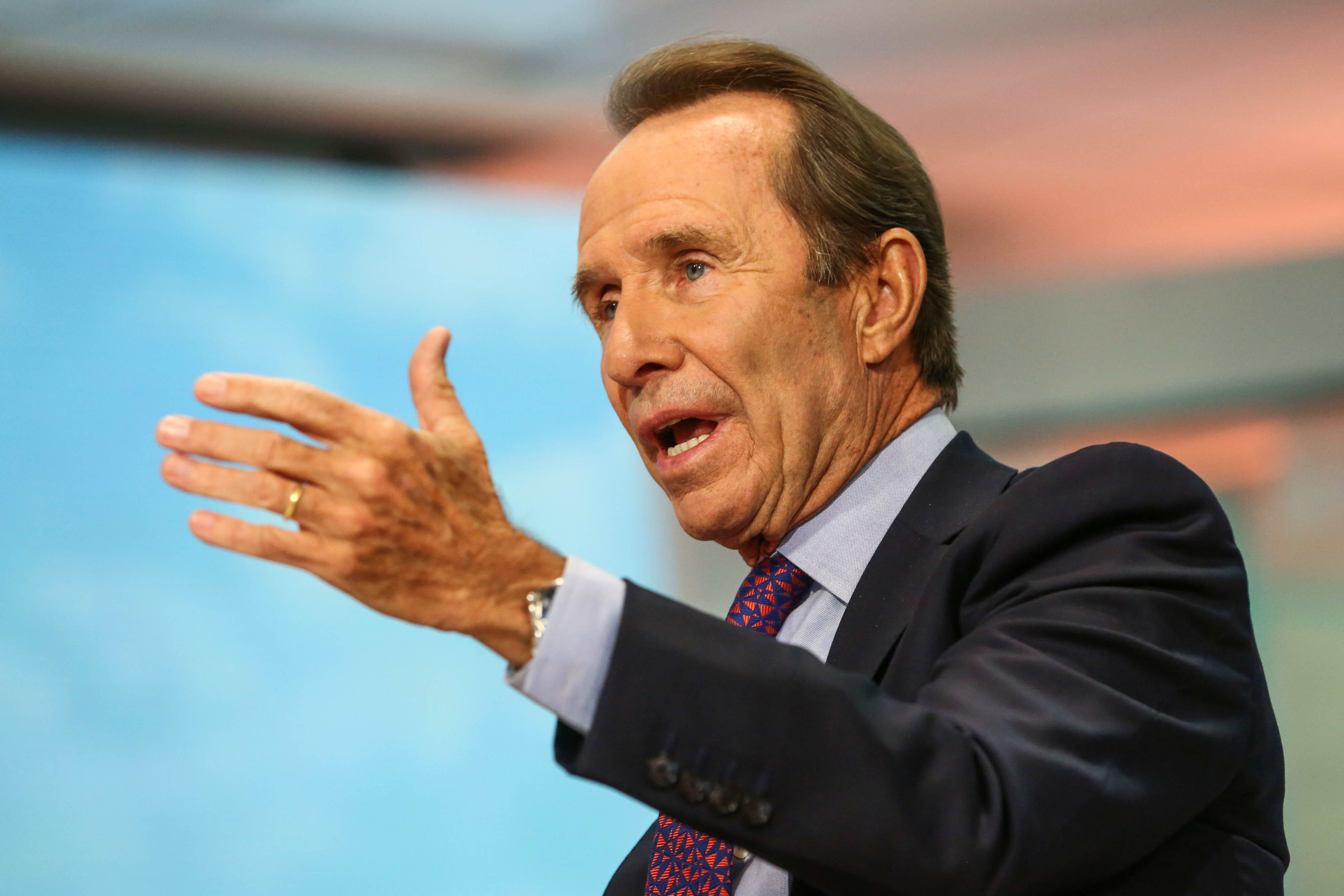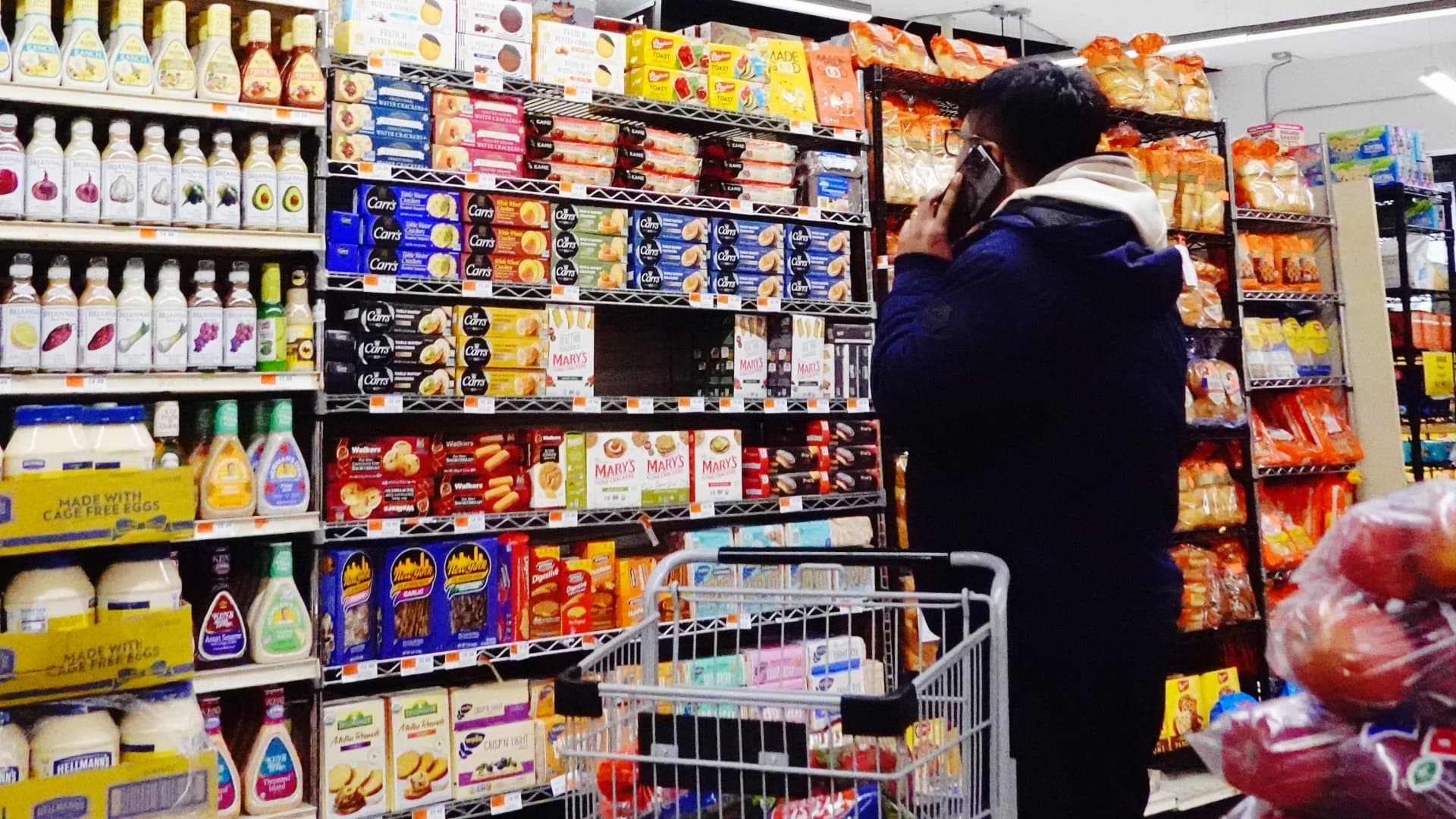
Inflation cooled in March as the Federal Reserve’s interest rate increases showed more impact, the Labor Department reported Wednesday.
The consumer price index, a widely followed measure of the costs for goods and services in the U.S. economy, rose 0.1% for the month against a Dow Jones estimate for 0.2%, and 5% from a year ago versus the estimate of 5.1%.
related investing news


Excluding food and energy, the core CPI increased 0.4% and 5.6% on an annual basis, both as expected.
The data showed that while inflation is still well above where the Fed feels comfortable, it is at least showing continuing signs of decelerating. Policymakers target inflation around 2% as a healthy and sustainable growth level. The headline annual increase for the CPI was the smallest since June 2021.
A 3.5% drop in energy costs and an unchanged food index helped keep headline inflation in check. Food at home fell 0.3%, the first drop since September 2020, though it is still up 8.4% from a year ago. Egg prices, which had been soaring, tumbled 10.9% for the month, putting the 12-month increase at 36%.
A 0.6% increase in shelter costs was the smallest gain since November, but still resulted in prices rising 8.2% on an annual basis. Shelter makes up about one-third of the weighting in the CPI and is being watched closely by Fed officials.
Stock market futures rose sharply while Treasury yields fell following the report. Markets were still pricing in a 65% chance of a final 0.25 percentage point interest rate increase at the Fed’s May meeting, though that was slightly lower than Tuesday, according to the CME Group.
Excluding shelter, the CPI rose 3.4% from a year ago, according to Jeffrey Roach, chief U.S. economist at LPL Financial.
“As the economy slows, consumer prices will decelerate further and should bring inflation closer to the Fed’s long-run target of 2%,” Roach said. “Markets will likely react favorably to this report as investors gain more confidence that the next Fed meeting may be the last meeting when the Committee raises the fed funds target rate.”
Used vehicle prices, a major contributor to the initial inflation surge in 2021, declined another 0.9% in March and are now down 11.2% year over year. Medical care services costs also fell 0.5% for the month.
Over the past year or so, the Fed has raised its benchmark interest rate nine times for a total of 4.75 percentage points, the fastest pace of tightening since the early 1980s. Officials initially dismissed inflation as transitory, expecting it to fall as Covid pandemic-related factors dissipated, but were forced to play catch-up as price increases proved more durable.
One key area the central bank has targeted is the labor market. A shortage of workers had helped push up wages and prices, a situation that has eased somewhat in recent months.
In March, nonfarm payrolls increased by 236,000, the smallest gain since December 2020, and average hourly earnings rose at a 4.2% annual pace, the lowest level since June 2021.
The Fed is hoping it can calibrate policy so that the slowdown it is trying to engineer in the labor market doesn’t tip the economy into recession. Gross domestic product growth is tracking at a 2.2% annualized pace for the first quarter, according to Atlanta Fed data, though many economists expect a contraction to come later in the year.


